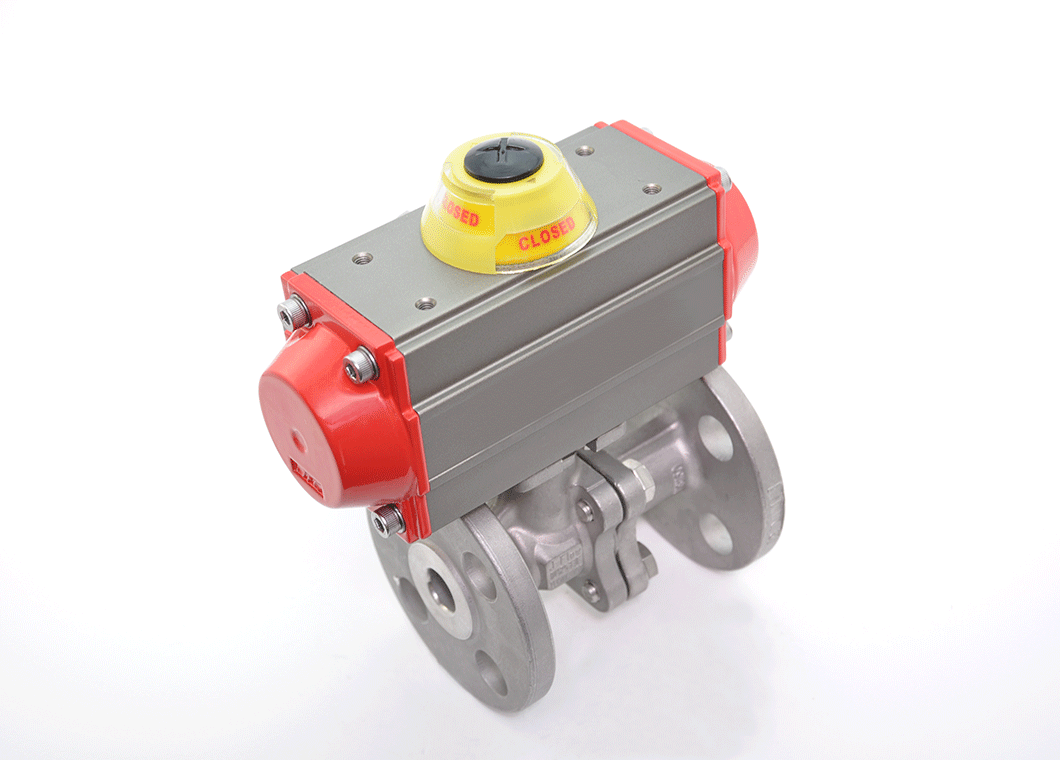lugged butterfly valve
butterfly gate valve
sanitary butterfly valve
butterfly valve dimensions
Oftentimes, people
are unaware that there are numerous types of ball valves.
First, the
distinction between full port versus reduced port illustrates one of the big
differences.
A full port
valve has the same internal diameter as the pipeline into which it is being
installed.
(e.g. a 3/4”
full ported ball valve has the same internal diameter as a 3/4” pipe.)
A reduced
port ball valve, also commonly referred to as a standard port valve, has the
internal diameter of one pipe size lower. (e.g. a 3/4” reduced ported valve has
the internal diameter of a 1/2” pipe.) It is especially important to understand
this concept when valves get much larger in diameter. There can be significant
cost savings derived from going with a reduced ported valve if the application
allows you to do so. As you can well imagine, an 8” reduced port valve, which
has the internal diameter of a 6” pipe, will be significantly less expensive
than an 8” full port valve.
In addition
to the aforementioned differences in porting, ball valves also come in one-piece,
two-piece, and three-piece configurations. All these styles would be available with
either full or reduced ports. A three-piece
valve, just as the name implies, has three main pieces that make up the valve:
a center section and two end sections.
The center section houses the ball, stem, and valve seats. The two end sections provide the piping connections
and are typically offered in threaded, socket weld, or butt weld options. These
end connections can be removed from the valve’s center section and independently
installed into the piping system. These
end connections act like a union, otherwise known as a ground joint union. These unions, or end pieces, on a three-piece
valve enable the pipe fitter to install the valve in the piping system at the
point of service. Three-piece ball valves are usually more expensive than one
or two-piece ball valves. However, when
using one or two-piece valves, you must still budget for the installation of
unions upstream and downstream of the valves themselves. Often, the additional costs for unions and
the labor to install them outweigh the incremental increase in price when using
a three-piece valve.
Also, when
evaluating the overall cost of an installed valve, things like unions and required
pressure ratings can weigh heavily on the bottom line. (e.g. a 600# rated valve
will cost far less than a 1000# or 2000# rated valve.) It’s important to consider these aspects of your
application(s) prior to choosing or specifying a particular valve.
Finally, another
cost consideration when making your selections is whether you will be automating any of the valves that will be installed. If automation remains a
possibility in your future plans, you should seriously consider opting for a
valve with an actuator mounting pad for ease of this automation. An
international standard has been created for this purpose: ISO-5211. ISO-5211 compliance
defines a set of standardized mounting dimensions which all manufacturers of
ball valves must employ for ease of mixing and matching actuation packages.
In closing,
we here at ValveMan are more than happy to help you navigate your way through
your applications to ensure the selection of the most efficient and economical solutions(s)
for your valving requirements.
